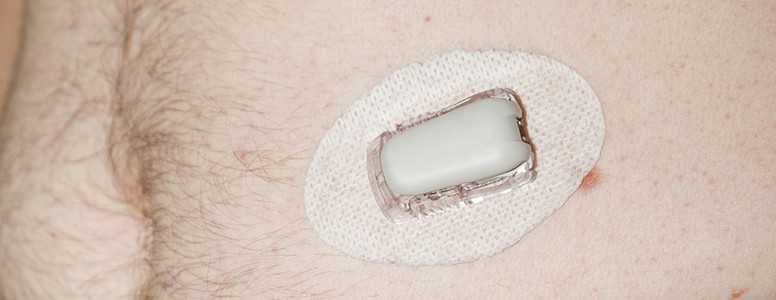The US Food and Drug Administration (FDA) has recently announced its backing of the continuous glucose monitoring (CGM) system, Dexcom G5, to replace finger-stick testing for adjusting insulin doses.
This is the first time that the FDA supports the use of a CGM device on its own for determining insulin doses. The Dexcom G5 system was initially approved as an addition to finger-stick testing.
The decision to officially expand the status of Dexcom G5 as sole determinant of insulin doses follows the favourable vote of a FDA advisory panel held last July.
The panel deemed the device safe and efficient, as well as having benefits for users’ quality of life that far outweigh the risks, if any, of not using self-monitoring of blood glucose (SMBG).
Finger-pricking used to be recommended alongside CGM to inform users conclusively of abnormal trends or high and low blood glucose values.
Now, people using Dexcom can reliably interpret the device’s glucose trends and readings over time, as studies published so far comparing the system readings with glucose meter values have shown minimal risk of error or adverse events.
With this new label, the FDA is expected to start providing further instructions and training on how to properly use the CGM’s data to calculate insulin doses, as well as specify scenarios where fingerstick testing may still be necessary.
These include the occasional fingerstick blood tests for calibration for ensuring accurate results when blood glucose is rising or falling rapidly.
If readings from the device are off, risks include blood sugar levels that are too high or too low, and potentially incorrect insulin dosing.
It is also important to bear in mind that taking medication with acetaminophen and keeping a sensor beyond its designated approved period are two factors that may affect the level of accuracy of readings.
What's new on the forum? ⭐️
Get our free newsletters
Stay up to date with the latest news, research and breakthroughs.





